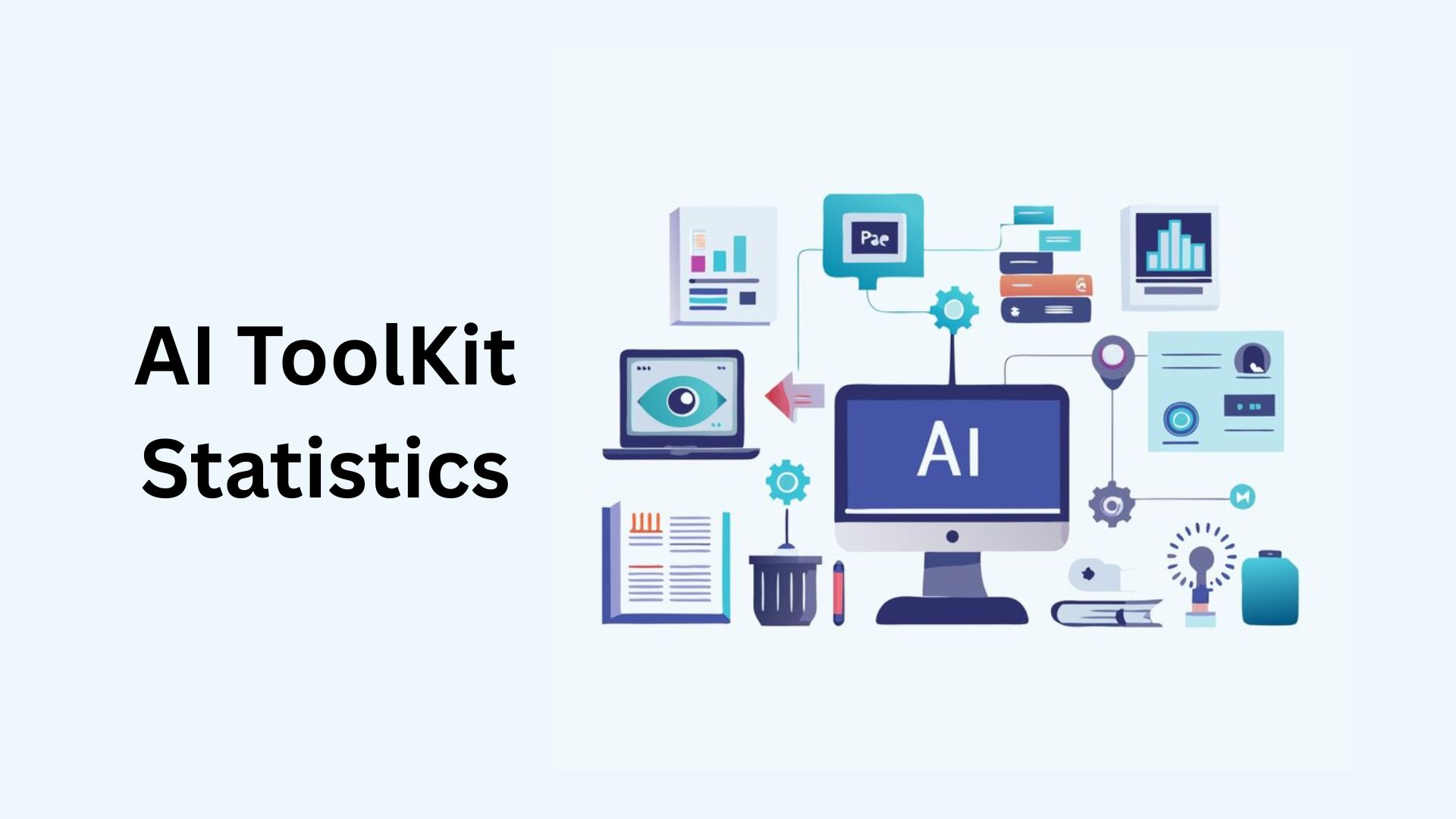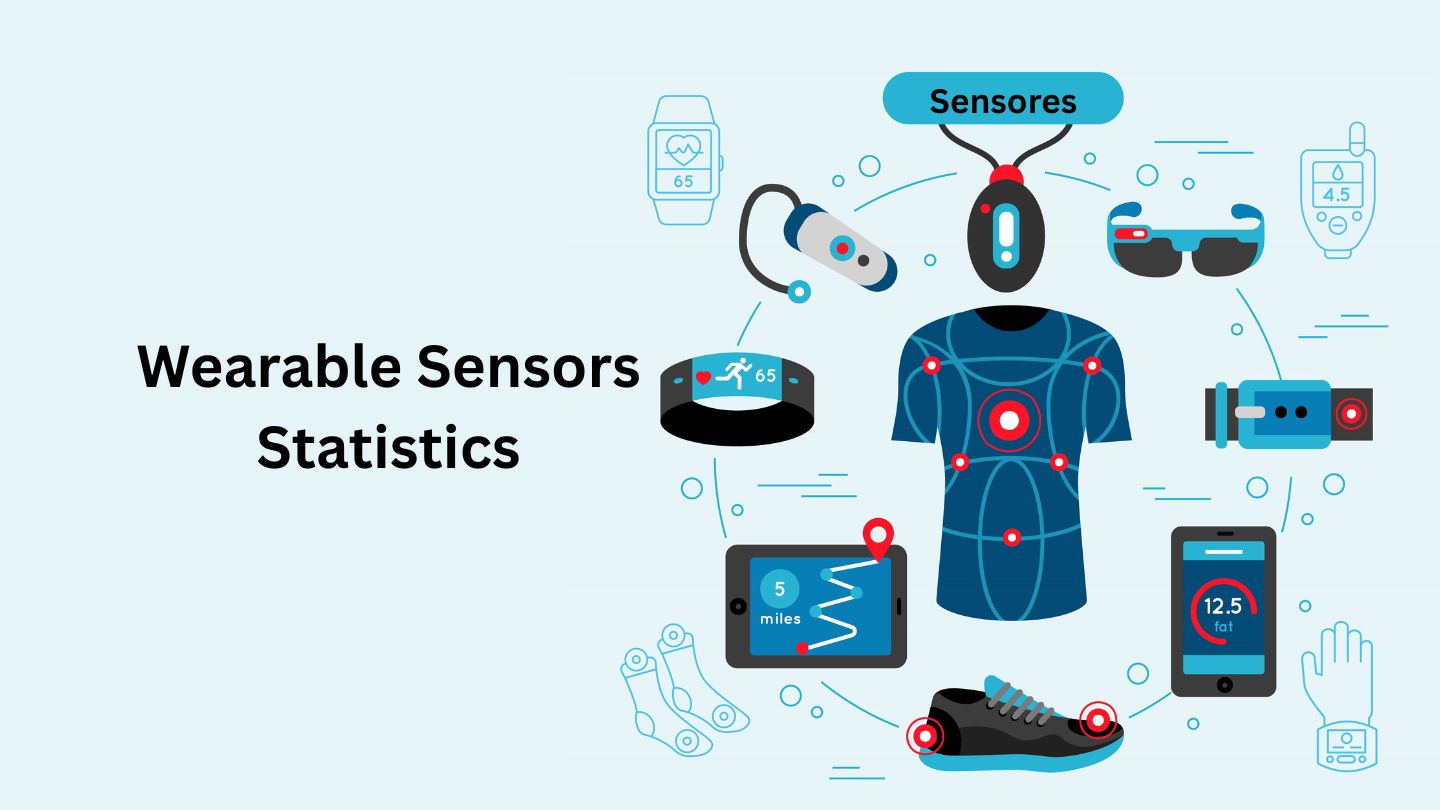Linux Statistics By Market, Usage and Website Traffic

Updated · Mar 13, 2025


TABLE OF CONTENTS
- Introduction
- Editor’s Choice
- General Linux Statistics
- Linux Market Statistics
- Linux Usage Statistics
- Usage of Linux-Powered Websites Statistics By Global Ranking
- Distribution of the Top 500 Supercomputer Statistics By Operating System
- Linux Statistics By Desktop Operating System Market Share
- Smartphone Operating System Share By Age Group
- The Most Used Operating System for OpenStack Cloud Deployments Statistics
- Linux Monthly Market Share Statistics By PC operating systems
- Share of Linux Statistics By Desktop OS Market India
- Most Used Technologies in the Cybersecurity Tech Stack
- Server Market Share Statistics By Operating System
- Top Linux Sub Categories Statistics By Market Share
- Linux Website Traffic Statistics
- Conclusion
Introduction
Linux Statistics: Linux is an open-source operating system created by Linus Torvalds in 1991. It is known for being flexible, secure, and reliable. Linux is used in many areas, including personal computers, smartphones, servers, and supercomputers. In 2025, Linux continues to be important in modern technologies such as cloud computing, artificial intelligence, and containerization.
Many organizations choose Linux because it is stable and performs well, especially for critical tasks. With a growing community of developers and innovations, Linux will stay a key part of future computing, from personal use to advanced AI data centers.
Editor’s Choice
- Linux statistics in 2024 report that Linux powers approximately 91.5% of the world’s supercomputers and 70% of web servers worldwide.
- Linux has a 2.91% share of the global desktop operating system market, up from 2.58% in 2023.
- Linux runs on 92% of virtual machines in cloud platforms like AWS, Google Cloud, and Microsoft Azure.
- Over 32 million developers work on Linux projects, mainly because of its use in cloud computing and AI.
- About 85% of businesses use Linux because it is flexible and saves money in production environments.
- As of 2024, almost 82% of smartphones worldwide use Android, which runs on the Linux kernel, showing Linux’s global influence.
- Linux security issues increased by 15% this year, so companies are focusing more on improving cybersecurity.
- Linux statistics in 2024 further state that Ubuntu, Red Hat, and Debian are the top Linux versions, with Ubuntu leading at 34%.
- Linux is the main operating system for containers, and thanks to Kubernetes and Docker, 85% of them use it.
- Linux repository contributions will increase by 10% in 2024, demonstrating developers’ strong support for open-source projects.
General Linux Statistics
- In 2024, the majority of Linux users will be between 25 and 40 years old, representing 62% of the total user base.
- North America and Europe account for 58% of Linux users.
- Meanwhile, Asia holds around 25% of the Linux user base, driven by tech hubs in India and China.
- According to Linux Statistics, in 2024, approximately 75% of Linux users had a bachelor’s degree or higher, and many worked in technology fields.
- Based on profession, almost 40% of Linux users are software developers, followed by administrators or IT professionals (30%) and students learning technology-related subjects (15%).
- In 2024, male users dominate the Linux community, representing 88% of the total user base and 12% of female users.
- Moreover, 35% of Linux users are employed in cloud computing and DevOps roles, and 20% are involved in cybersecurity.
- More than 15,000 professionals earned Linux certifications in 2024, a 12% increase from 2023
- The majority of Linux users have annual incomes between USD 60,000 and USD 120,000.
Linux Market Statistics
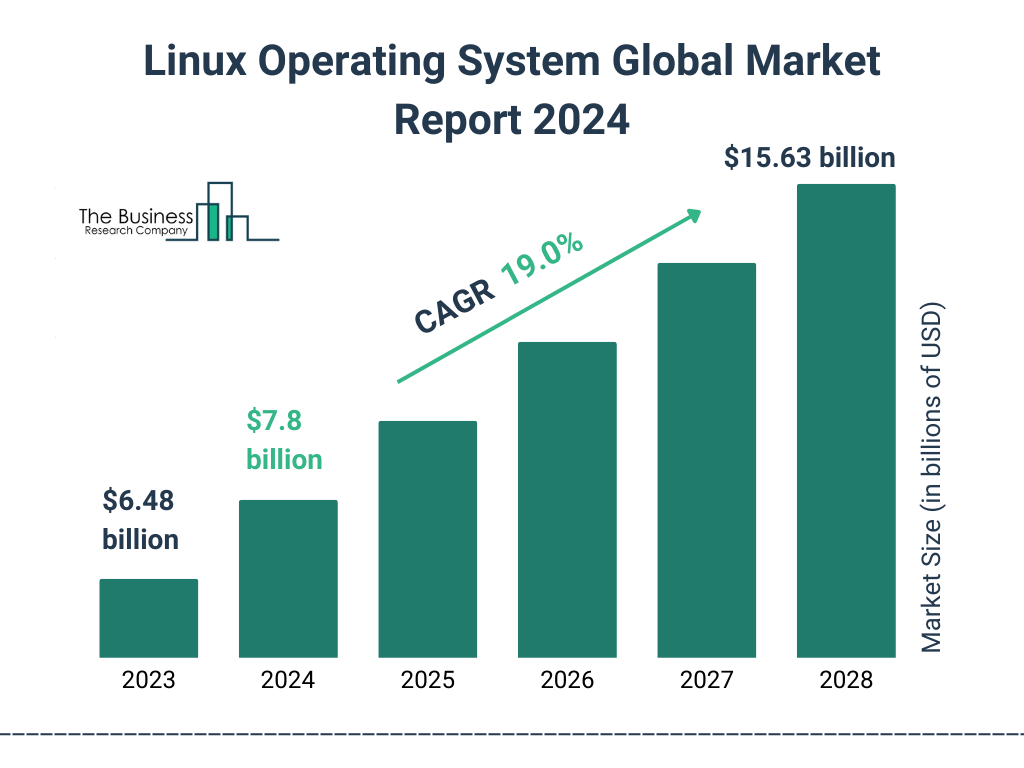
(Source: thebusinessresearchcompany.com)
- As of 2024, the market size of the Linux operating system is estimated to reach around USD 7.8 billion, an increase from USD 6.48 billion in the previous year.
- The market size is supposed to reach up to USD 15.63 billion by the end of 2028.
- The compound annual annual growth rate of the market will grow by 20.4% from 2024 to 2028.
- The global Linux software market is projected to reach USD 25.7 billion in 2024, growing from USD 23.1 billion in 2023.
- 85% of large enterprises use Linux software in production environments, especially for server management, cloud infrastructure, and development platforms.
- Linux statistics report that Linux-based software powers 80% of web servers and 70% of embedded systems globally.
- The demand for Linux security software rose 18% in 2024, driven by increased cybersecurity threats.
Linux Usage Statistics
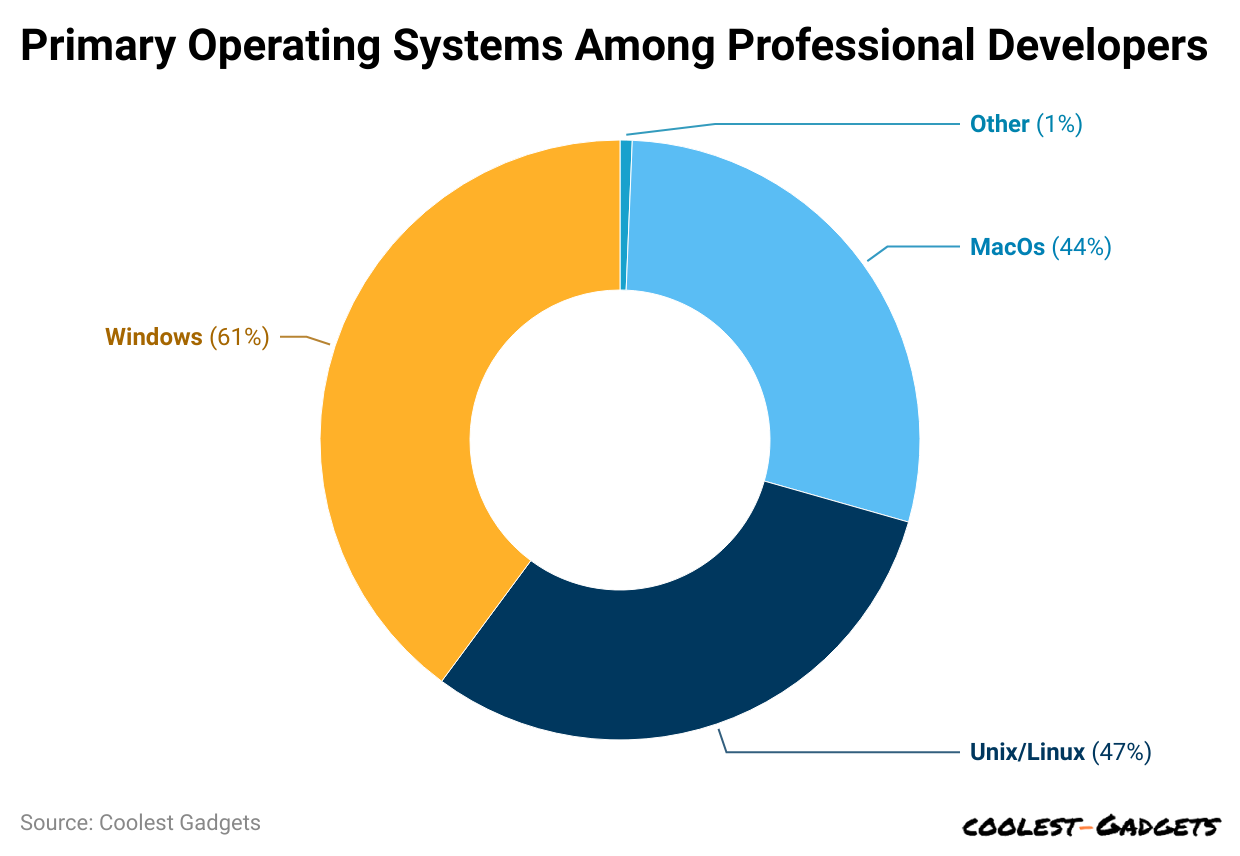
(Reference: truelist.co)
- In 2024, around 47% of professional developers use Linux operating systems.
- Meanwhile, 61% of survey respondents claimed that Windows will remain the top preferred operating system.
- MacOS is used by nearly one-third of professional developers, representing around 44%.
- Only 3% of people use Windows Subsystem for Linux.
- Only 1% of developers use different operating systems instead of Linux for their work.
Usage of Linux-Powered Websites Statistics By Global Ranking
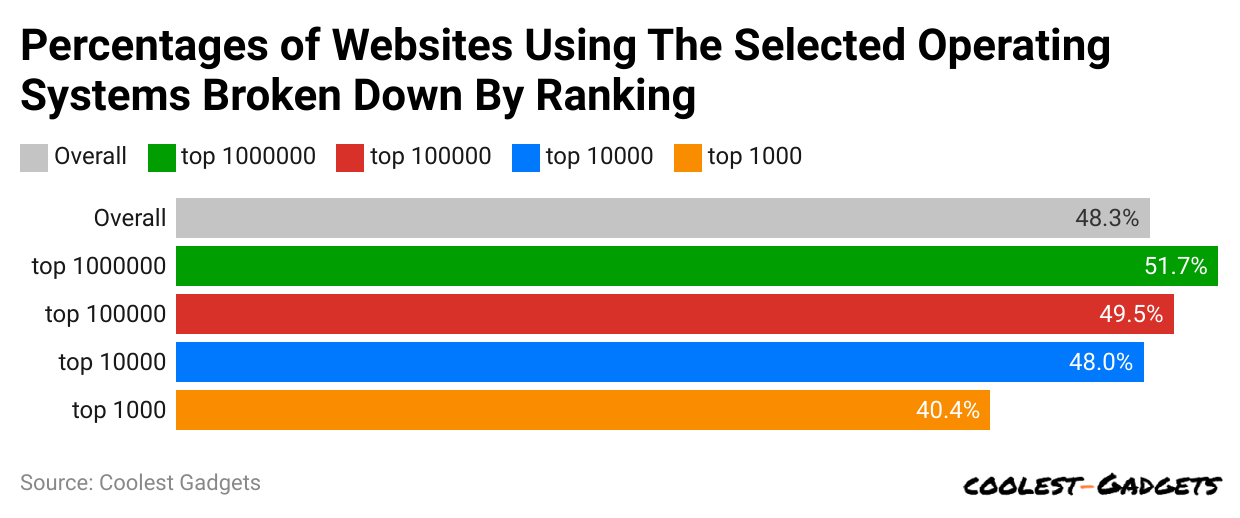
(Reference: w3techs.com)
- As of October 15, 2024, around 48.3% of all websites globally use Linux as their operating system.
- At the same time, Linux is used by 51.7% of the top 1,000,000 websites for which we know the operating system.
- Nearly half that is 49.5% of the top 100,000 websites use Linux.
- Moreover, 48% of the top 10,000 websites and 40.4% of the top 1,000 websites use Linux.
Distribution of the Top 500 Supercomputer Statistics By Operating System
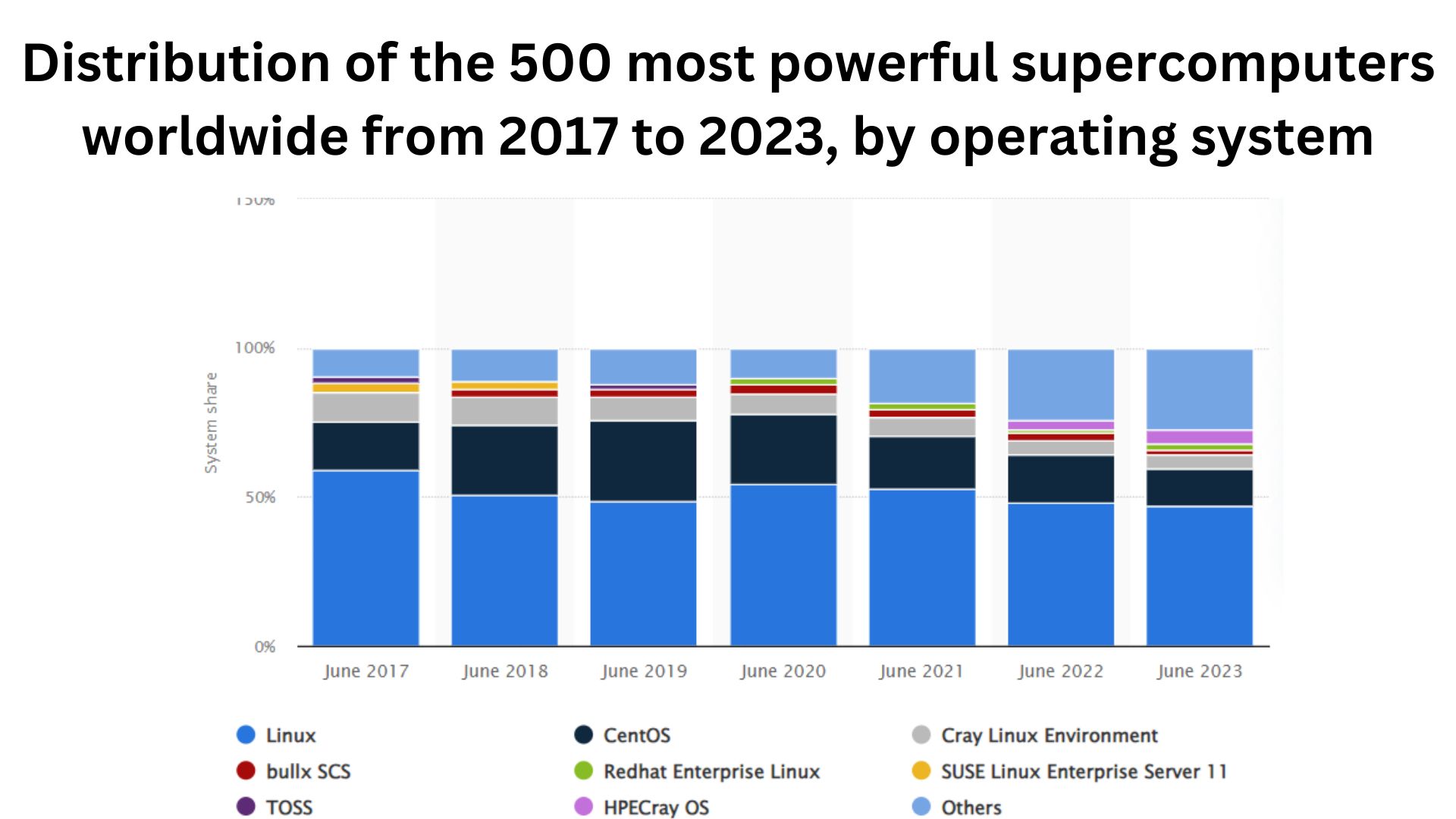
(Source: statista.com)
- The above Statista analyses state that as of June 2023, almost 47% of the top 500 supercomputers used Linux, while 12.4% used CentOS.
- Furthermore, distribution of the 500 most powerful supercomputers worldwide by other operating systems such as Cray Linux Environment (4.8%), HPECray OS (4.4%) bullx SCS (1.6%), Redhat Enterprise Linux (2.4%), and others (27.4%).
- As of September 2024, Linux OS’s market share has reached 4.48%, down from around 4.55% in August.
Meanwhile, other monthly operating systems of Linux from 2023 to 2024 are detailed in the table below:
| Year & Month | Market Share |
| 2023 | |
| September | 3.02% |
| October | 2.92% |
| November | 3.22% |
| December | 3.83% |
| 2024 | |
| January | 3.77% |
| February | 4.03% |
| March | 4.05% |
| April | 3.88% |
| May | 3.77% |
| June | 4.05% |
| July | 4.44% |
(Reference: statista.com)
In 2024, the statistic shows how different age groups in the US use various mobile operating systems on smartphones are stated in the table below:
| Age Group (Years) | Android OS | Firefox OS | iOS (Apple) | Linux | Windows | Others |
| 18 to 29 | 22% | 1% | 68% | 1% | 3% | 1% |
| 30 to 49 | 44% | 1% | 48% | 1% | 3% | 1% |
| 50 to 64 | 55% | 0% | 39% | 0% | 1% | 1% |
The Most Used Operating System for OpenStack Cloud Deployments Statistics
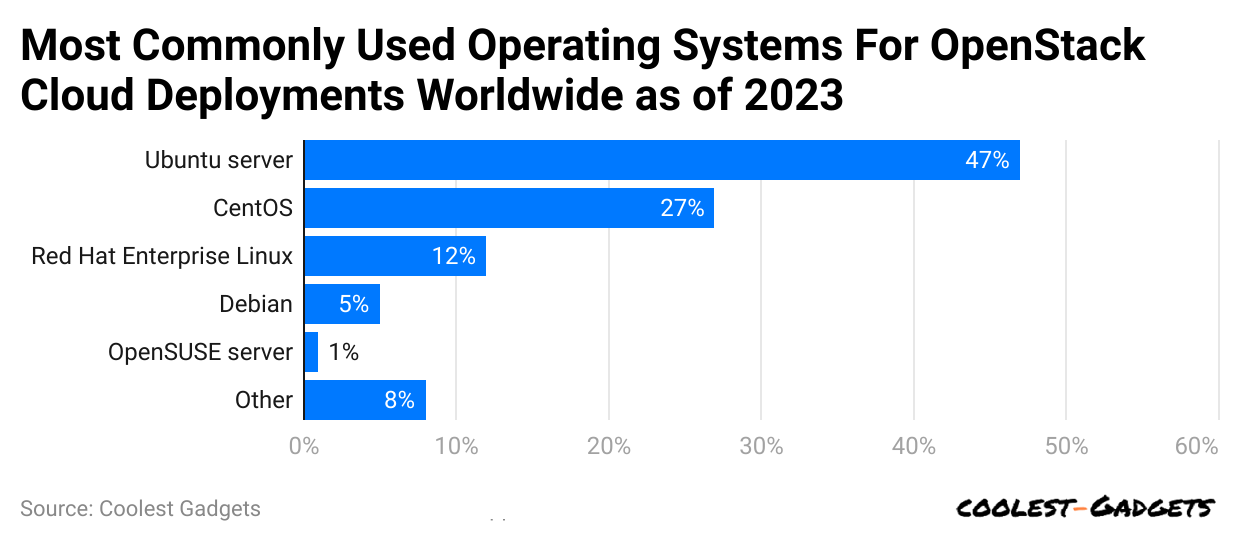
(Reference: statista.com)
- In 2023, Ubuntu Server and CentOS were the most used operating systems globally for OpenStack cloud deployments, with 47% and 27%, respectively.
- On the other hand, the other most commonly used operating systems were Red Hat Enterprise Linux (12%), Debian (5%), OpenSUSE server (1%) and the rest others (8%).
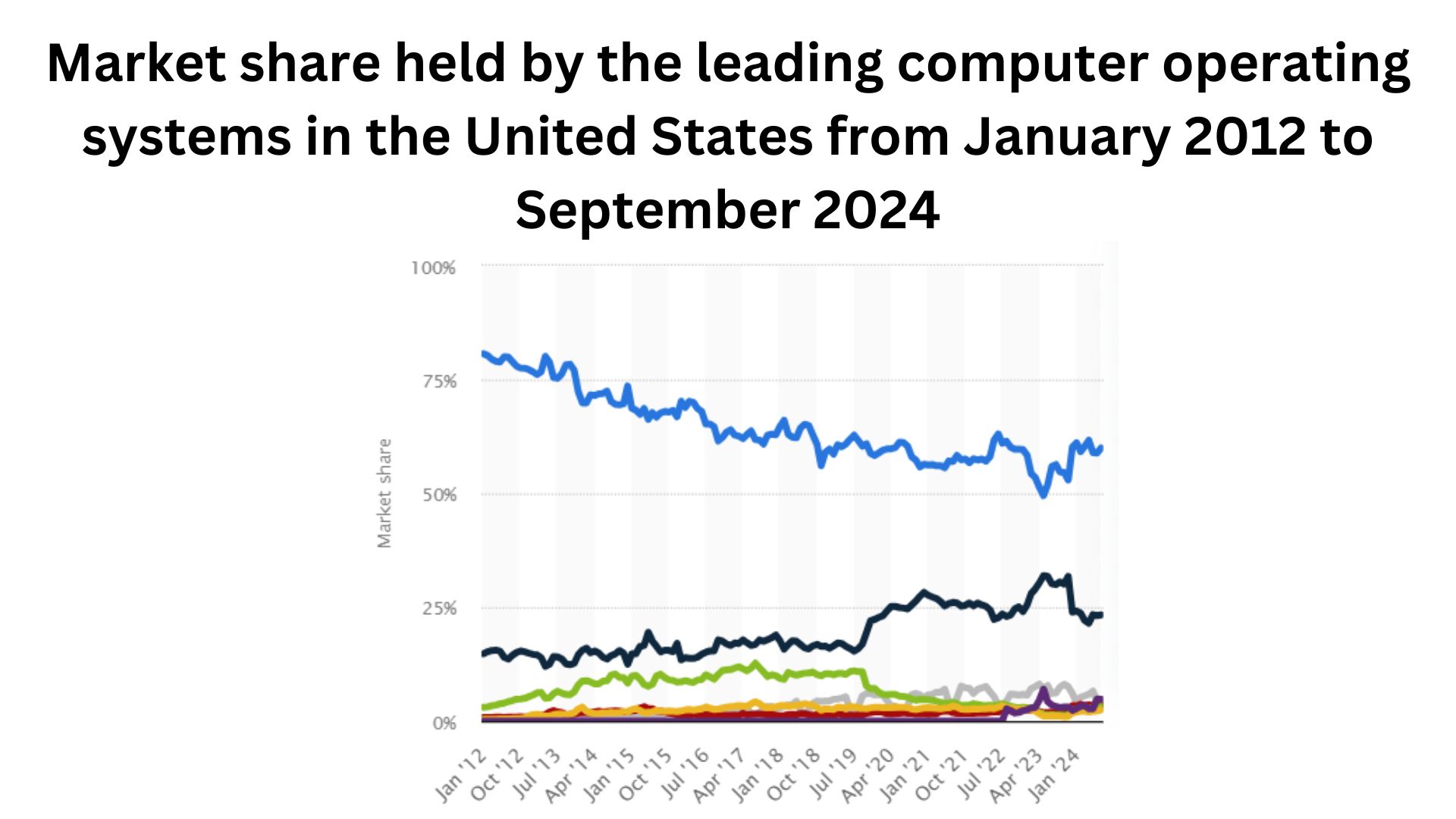
(Source: statista.com)
- In January 2024, the Linux computer operating system had a share of 3.37% in the United States of America.
- Other monthly Linux OS in the US are February (3.66%), March (3.43%), April (3.57%), May (3.4%), and June (3.57%).
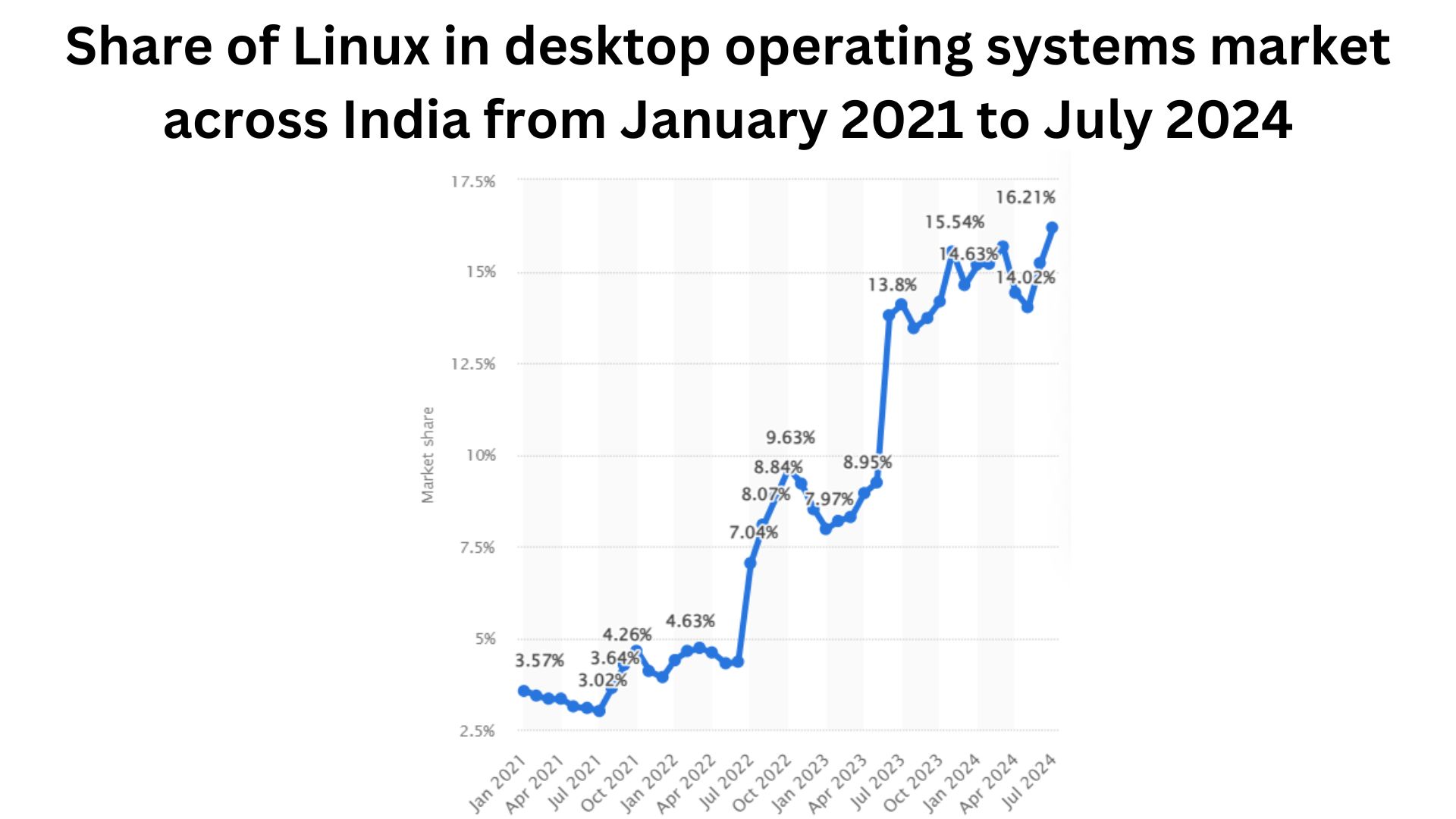
(Source: statista.com)
- In July 2024, Linux held about 16.21% of the desktop operating system market share in India.
Other monthly shares of Linux in the desktop operating systems market across India in 2024 are detailed below:
|
Months |
Market Share |
| January |
15.18% |
|
February |
15.21% |
| March |
15.68% |
|
April |
14.42% |
| May |
14.02% |
|
June |
15.24% |
Most Used Technologies in the Cybersecurity Tech Stack
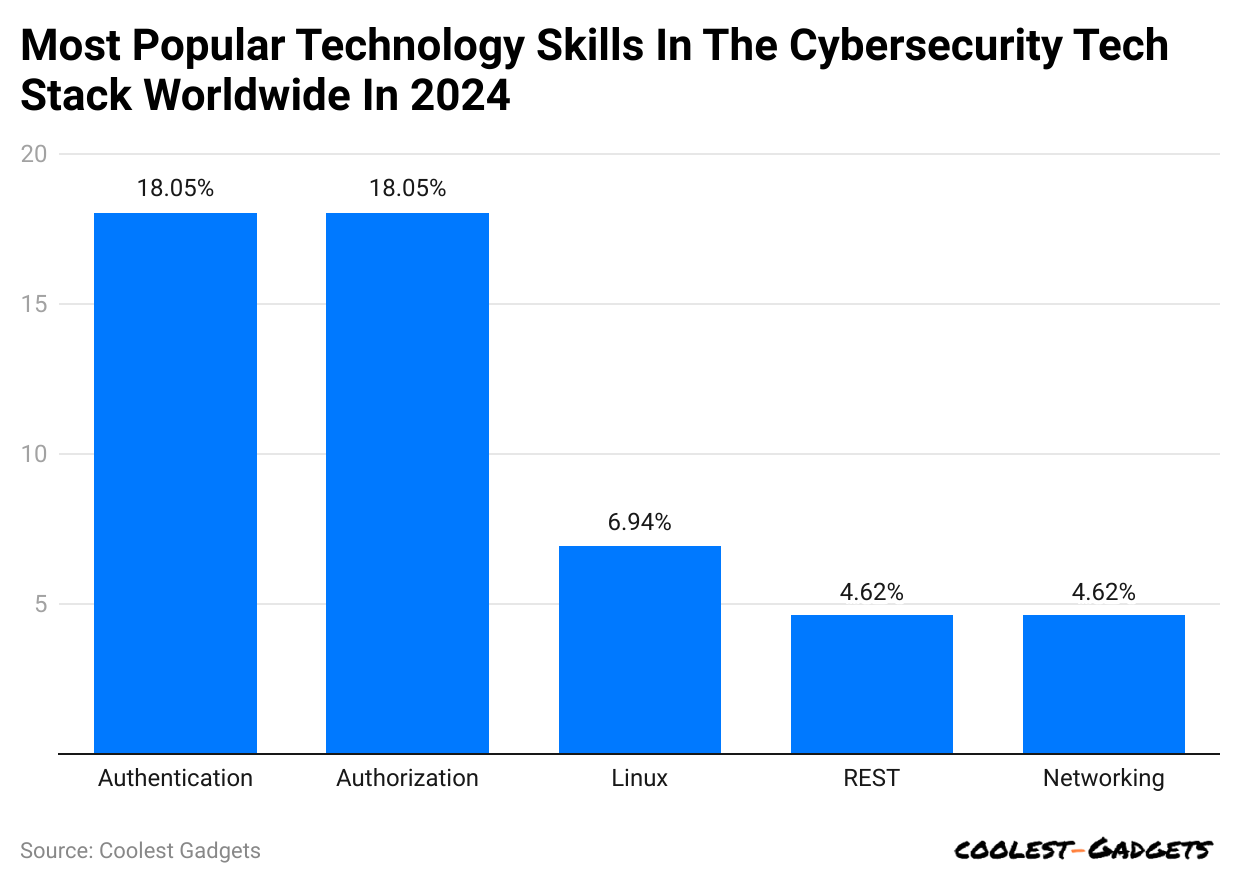
(Reference: statista.com)
- In 2024, the most popular cybersecurity skills were authentication and authorization, each chosen by 18.05% of respondents.
- Linux was ranked third, chosen by more than 6.94% of people who participated in the Statista survey.
- Globally, the most popular technology skills in the cybersecurity tech stack in 2024 will be captured by REST (4.62%) and Networking (4.62%).
- In 2024, Linux will still be the top choice for servers, running on about 53% of all servers worldwide.
- Microsoft Windows Server will hold around 30% of the market.
- UNIX will power about 9% of servers globally.
- The remaining 8% will be made up of smaller or special systems like IBM’s AIX and HP-UX.
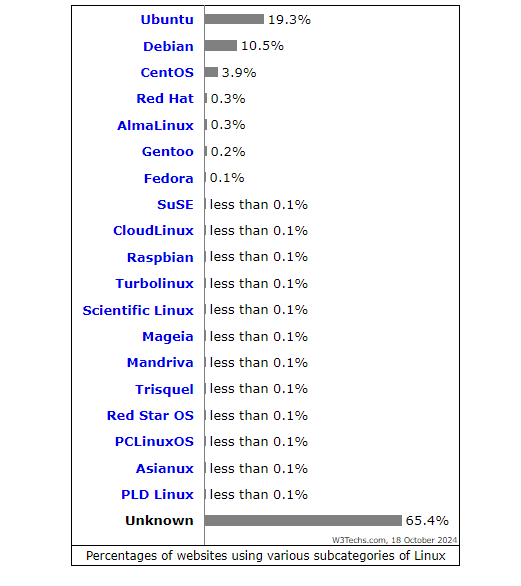
(Source: w3techs.com)
- Linux Statistics also show that Ubuntu accounts for 19.8% of the Linux market, making it the most popular Linux distribution on October 15, 2024.
- Debian is second, powering 10.7% of Linux websites, while CentOS is third with 4.0% of the market.
- Other distributions, such as RedHat, AlmaLinux, Gentoo, Fedora, and SuSE, have a smaller share of the market, resulting in 0.3%, and 0.3%. 0.2%, 0.1% and >0.1%, respectively.
- In the same period, other subcategories of Linux with less than 0.1% Linux share are CloudLinux, Raspbian, Turbolinux, Scientific Linux, Mageia, Mandriva, Trisquel, Red Star OS, PCLinuxOS, Asianux, PLD Linux.
Linux Website Traffic Statistics
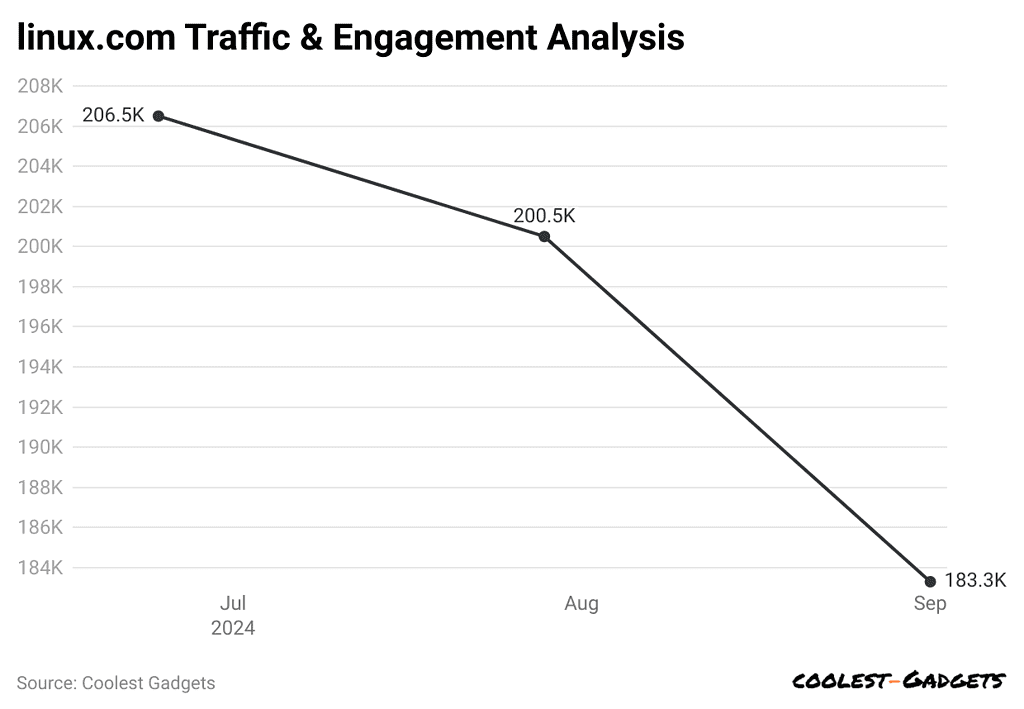
(Reference: similarweb.com)
- In September 2024, the total number of website visits to linux.com accounted for nearly 183.3 thousand, down by 8.59% from last month and securing a 57.79% bounce rate.
- In the past three months, linux.com’s global ranking improved from 270,942 to 296,514.
- Linux Statistics further show that linux.com's global ranking in the same duration turned out to be #4,806.
By Country
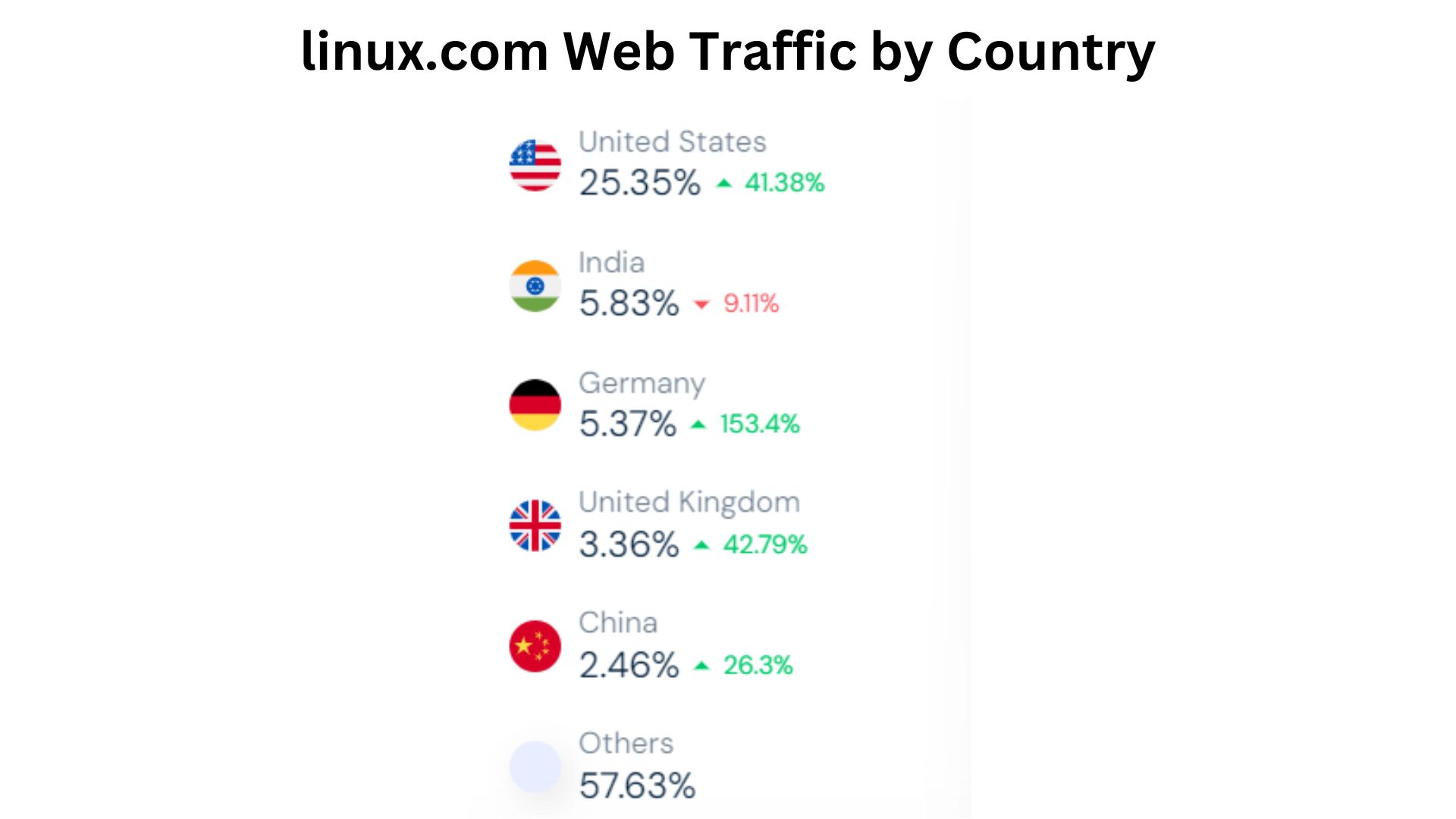
(Source: similarweb.com)
- Linux Statistics 2024: The United States had 25.35% of the website’s total traffic, which has increased by 41.38% from last month.
- In September 2024, other countries recorded the following contribution in total traffic: India: 5.83% (-9.11%), Germany: 5.37% (153.4%), United Kingdom: 3.36% (+42.79%), China: 2.46% (+26.3%)
- Other countries togetherly made up around 57.63% of visitors shared on linux.com.
By Demographics
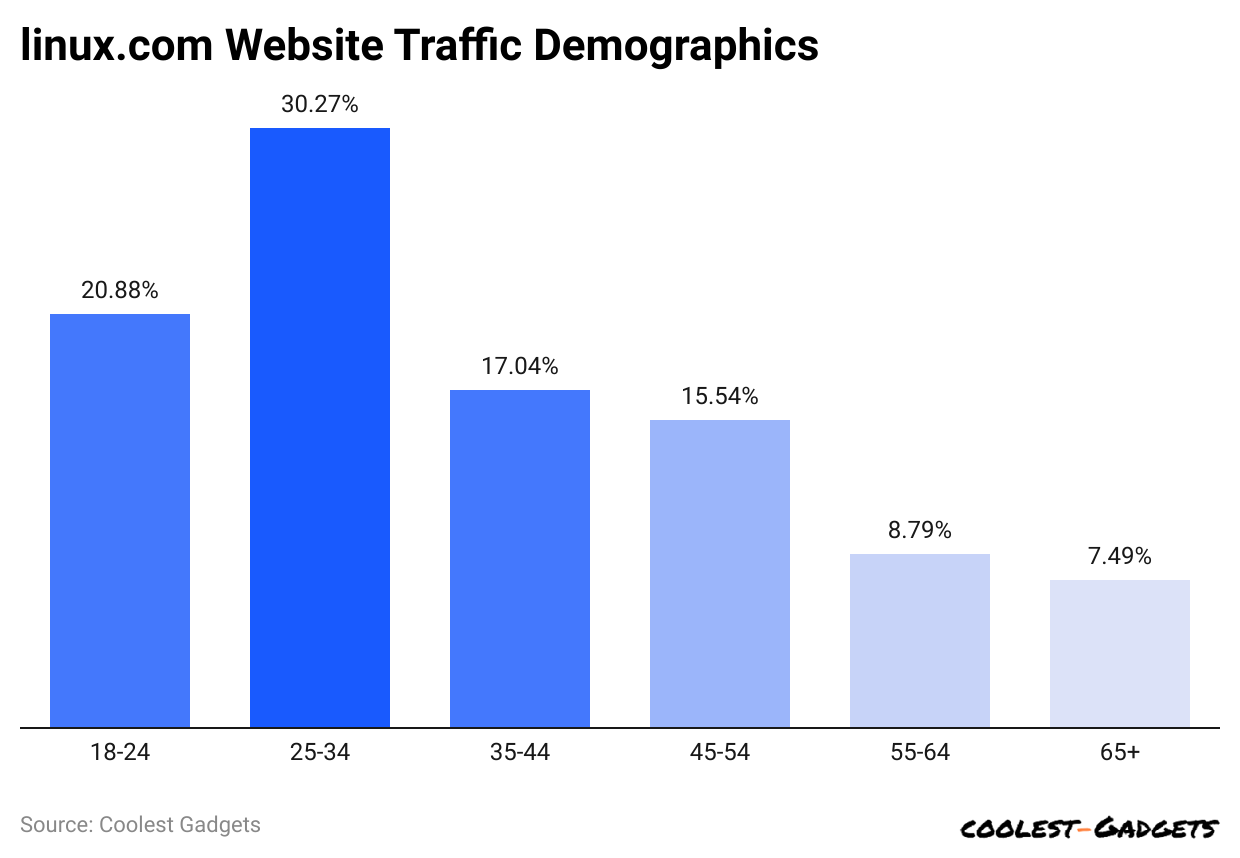
(Reference: similarweb.com)
- In September 2024, male and female users of linux.com were 75.72% and 24.72%, respectively.
- Similarly, Linux Statistics, based on age group, states that the highest number of website users was between 25 and 34 years old, which is 30.27%.
- 88% of Linux website users are aged 18 to 24 years.
- In contrast, 17.04% and 15.54% belong to individuals aged 35 to 44 and 45 to 54, respectively.
- Around 8.79% of website users are aged from 55 to 64 years.
- Sixty-five years above age, users contributed 7.49% of user shares of linux.com.
By Traffic Source
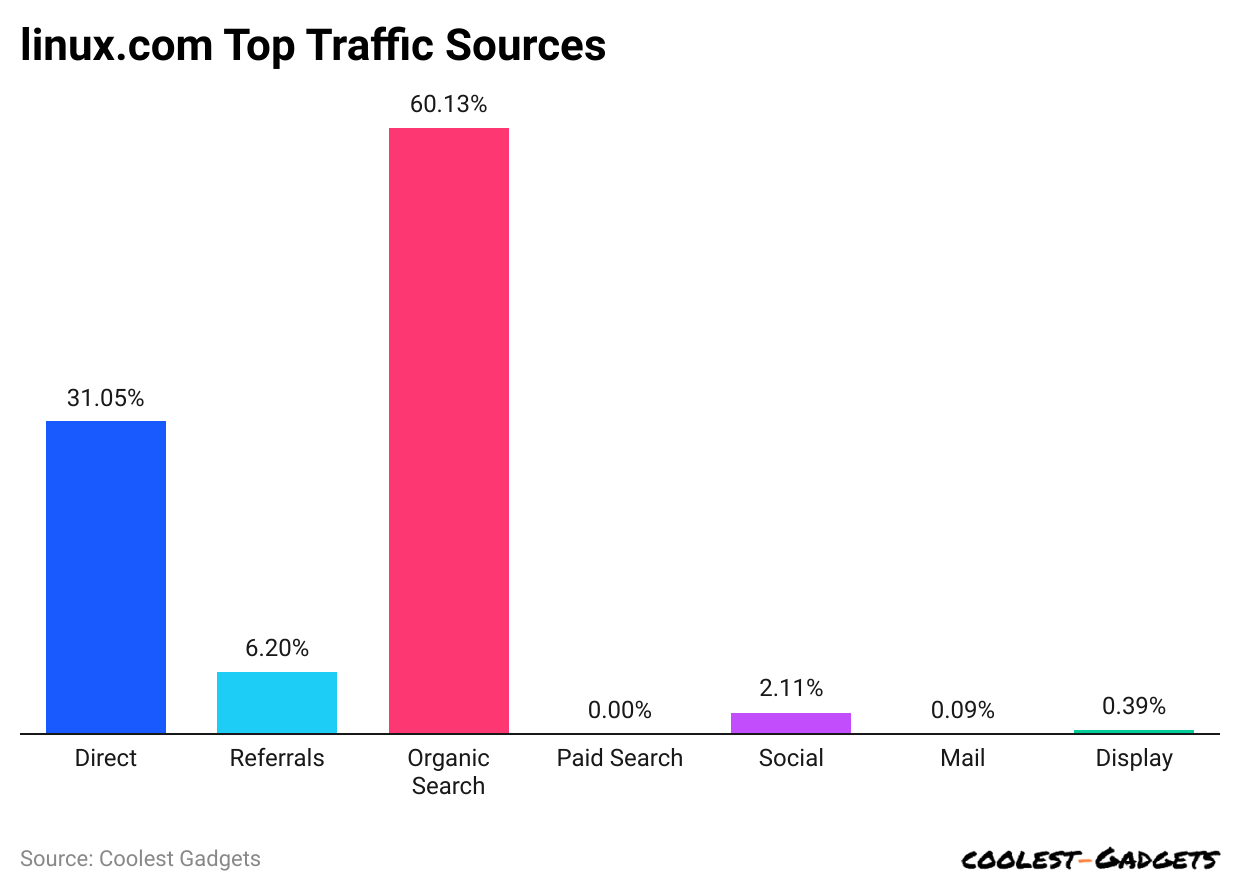
(Reference: similarweb.com)
- Linux Statistics 2024 also shows that organic search generated the highest traffic rate to linux.com, accounting for 60.13%.
- Almost 31.05% of the share comprises direct traffic searches, while 6.2% is from referrals.
- Others are followed by paid searches (0%), social media (2.11%), mail (0.09%), and display (0.39%).
By Social Media Referral Statistics
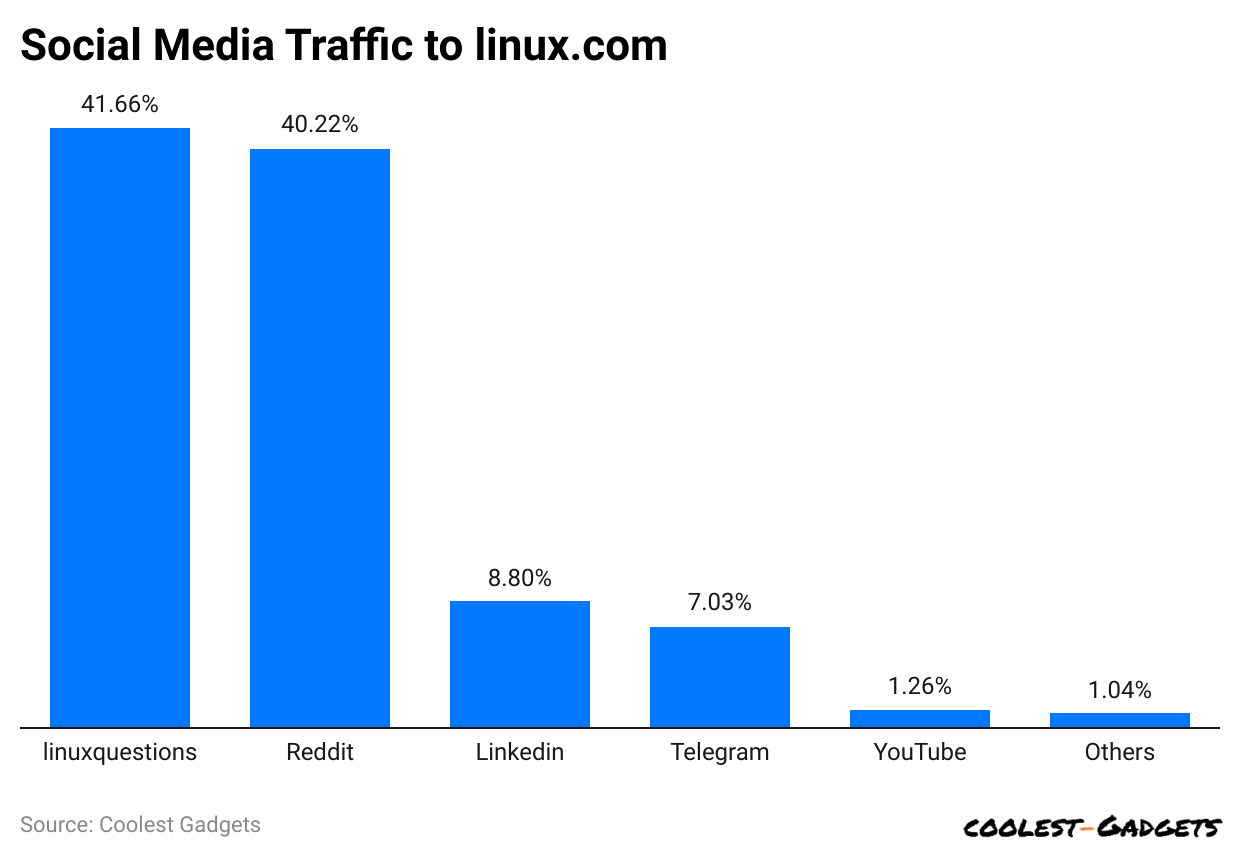
(Reference: similarweb.com)
- Linux Statistics also show that Linuxquestions had the highest social media referral rate, with a 41.66% share compared to other social network traffic on the Linux website.
- Reddit and LinekIn each contributed a share of 40.22% and 8.8% on linux.com.
- In September 2024, Telegram and YouTube accounted for around 7.03% and 1.26% of website traffic, respectively.
- Other social media segments collectively accounted for 1.04% of the Linux website.
Recent Product Development Updates in 2024
- Ubuntu 24.04 LTS was released in March 2024. It offers improvements in security, compatibility with cloud-native applications, and enhanced hardware support.
- Fedora 39, released in April 2024, introduced new container tools, better performance on ARM processors, and integration with the latest GNOME desktop environment.
- Red Hat Enterprise Linux (RHEL) 10 Beta has been rolled out, which focuses on simplifying cloud and edge computing deployments with improved automation features.
You Might Find This Interesting
Future Product Releases
- Debian 13 is expected in Q4 2024, with enhancements in package management and improved integration for IoT devices.
- AlmaLinux 10, a CentOS alternative, will be released by the end of 2024.
- SUSE Linux Enterprise Server 16 is anticipated in early 2025, focusing on AI workloads and high-performance computing.
Linux Statistics By Demand Influencing Factors
- Cloud Dominance: Linux powers more than 90% of cloud workloads, making it essential for companies that are leveraging cloud-based services like AWS, Google Cloud, and Azure.
- Containerization and Virtualization: The rise of Docker and Kubernetes helped enhance the demand for Linux, as 85% of containerized environments use Linux.
- Security: With increasing cyber threats, Linux is becoming a preferred option due to its robust security features, with demand for Linux security software rising by 18% in 2024.
- Cost Efficiency: As enterprises seek to reduce software licensing costs, Linux's open-source model provides a cost-effective alternative to proprietary systems, driving further adoption.
- Developer Preference: Linux's flexibility and developer-friendly environment continue to attract more users, especially in the growing fields of AI and machine learning.
Conclusion
This article on Linux Statistics elaborates that Linux has still been a strong and flexible operating system in recent years. This OS plays an impactful role in both personal and business computing. Its open-source nature, strong community, and constant improvements will make it popular among several developers, companies, and tech fans in 2024. Linux leads in areas like cloud computing, supercomputers, and AI, and it will keep shaping the future of technology.
As more people need secure, flexible, and affordable solutions, Linux will stay important. It offers reliable performance and stability for many uses across different industries.
FAQ.
The creator of Linux was Linus Torvalds and termed an open-source operating system.
Advantages:
- Free and Open-source: Linux is free to use and can be used by anyone by changing its code.
- Security: Linux is very less vulnerable to many viruses and malware.
- Stability: It runs smoothly without frequent crashes.
Disadvantages:
- Software Compatibility: Some programs don’t work on Linux.
- Learning Curve: It can take a lot of work for new users to learn.
- Limited Support for Gaming: Fewer games are available compared to other systems.
The five basic components of Linux are the kernel, shell, system libraries, system utilities, and hardware drivers.
Linux is mainly used to run servers, manage cloud computing, and power devices like computers and smartphones.

Saisuman is a talented content writer with a keen interest in mobile tech, new gadgets, law, and science. She writes articles for websites and newsletters, conducting thorough research for medical professionals. Fluent in five languages, her love for reading and languages led her to a writing career. With a Master’s in Business Administration focusing on Human Resources, Saisuman has worked in HR and with a French international company. In her free time, she enjoys traveling and singing classical songs. At Coolest Gadgets, Saisuman reviews gadgets and analyzes their statistics, making complex information easy for readers to understand.




